
The USA is often described as a cultural melting pot. Due to the influx of immigrants that takes place for centuries, there are customs from all over the world in America. So instead of focusing on certain religious death practices or funerals among ethic groups, we showcase a variety of mortuary customs. In other words, on this post we focus on modern American funerals and customs. Some of them are more famous than others, but they are all interesting examples of contemporary American culture!
Firstly, we visit Louisiana and learn more about Jazz Funerals. Secondly we go to Colorado, and specifically at the only place in the US where outdoors pyre cremations are legal. Next, we are off to California and a drive-thru funeral home. We then discuss different funerals where lifestyle and death rites are similar! Finally, we explain what cryogenics is and explore America’s Blue Zone in California!
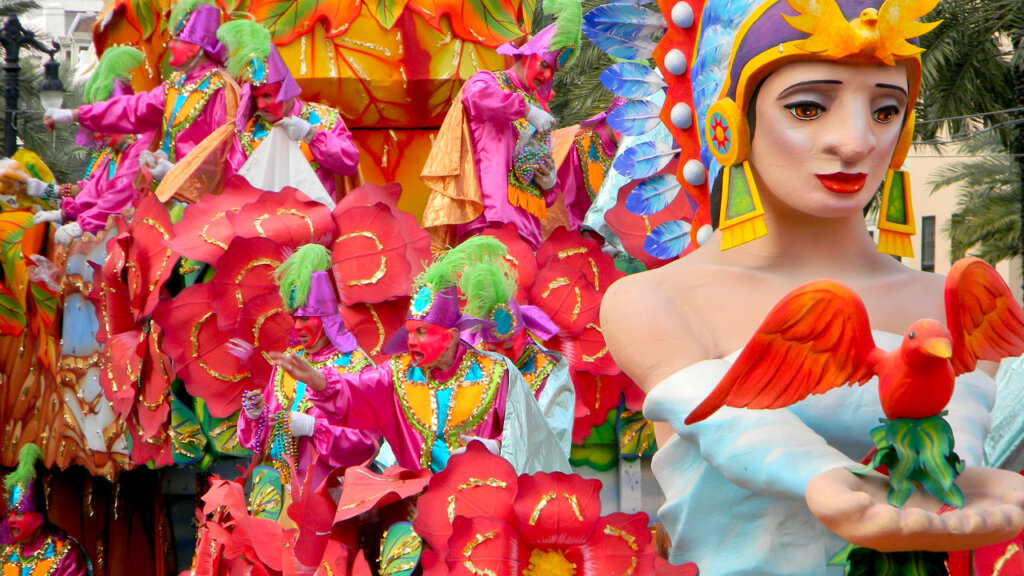
Jazz Funerals are unique to the African American community of Louisiana, and especially in New Orleans. They already exist for over a hundred years, with the custom becoming popular in the early 1900s. Moreover, Jazz Funerals are a great example of balancing sad, somber customs and more uplifting, vibrant approaches to death.
Firstly, the music normally starts off sad, slower and heavy but gradually turns more upbeat, celebratory and faster. A great example of that is the song “When the Saints Go Marching In”. Therefore, in later stages of a Jazz Funeral, dancing is often commonplace. Additionally, it is likely that some people may show up in bright colors reminiscing the famous Mardi Gras. After all, both the carnival and Jazz Funerals are often a way for locals to honor their African American heritage.
Jazz Funeral are often very scripted events in a way. Therefore, the are certain elements that they often are present in such funerals. The following are the most common steps of a Jazz Funeral:
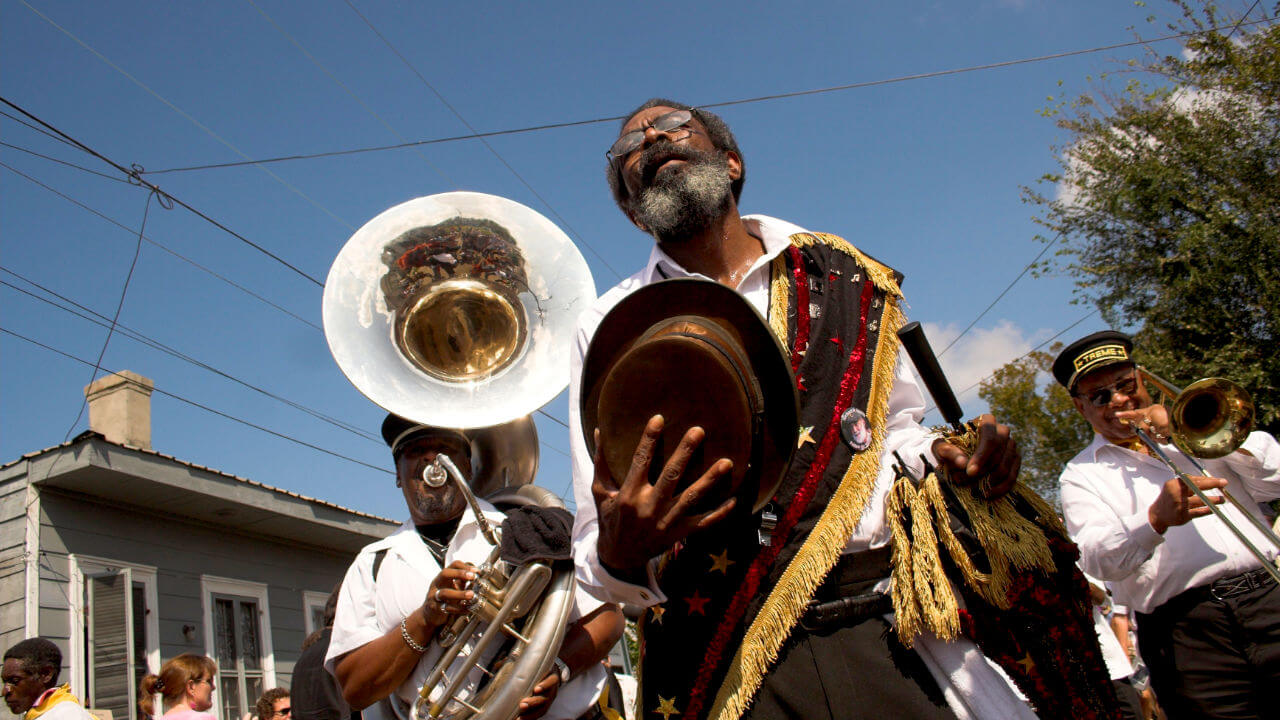
All these steps make it clear that Jazz Funerals have a very distinct protocol that attendees need to followed appropriately. In order, thus, to be respectful, one must know when to be sad and somber, but also when to rejoice and follow the music.
We then discuss the Crestone End-of-Life Project, named fittingly after Crestone, Colorado, where it takes place. This Project is the only legal way in the US for relatives to cremate their deceased outdoors using a pyre. Furthermore, it is a community-driven ceremony that has no ties to any religion. Moreover, it can include a very quiet, simple ceremony or be full of singing or sermons. Of course, that depends on the wishes of the family and the deceased.
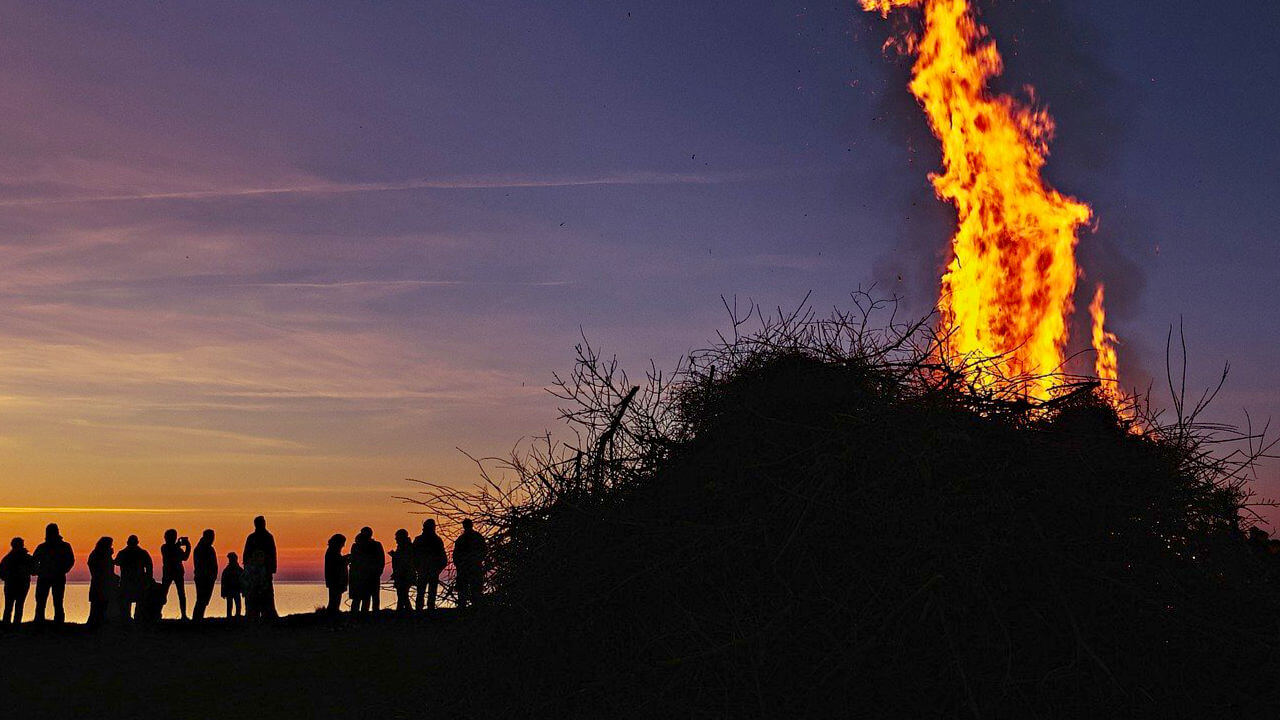
In addition to the above, the ceremony follows certain steps. Firstly, the body is wrapped in a shroud and then placed on a steel grate. Secondly, every attendee places a branch of juniper on the shrouded body before they light the fire. The goal is for the fire to reach at least 1.500 Fahrenheit degrees (a bit over 815 Celsius degrees) and burn for at least 3 hours. After that, it is almost a day later that they can collect the ashes. That is so due to the high temperature of the hearth even after the fire has gone out.
The origins of drive-through, or drive-thru, funerals is difficult to find. Drive-thru funeral houses still operate at Compton, California which in the ’80s was a hotspot for violent gangs. Specifically, the LA Times has reported that shootouts at cemeteries during funerals of gang members, made cemetery funerals dangerous for attendees. The solution they came up with was drive-thru funerals. After all, the glass of the partition was actually bulletproof!
Drive-thru funerals still take place in Compton, although they never reached the same level of popularity as the more usual burial practices. A notable example of a recent drive-thru funeral was that of a local councilwoman (2011). Her community loved her so much that they put her corpse on display, so to speak, at the Robert L. Adams Mortuary. She was displayed in her jewelry, and had an open casket funeral.
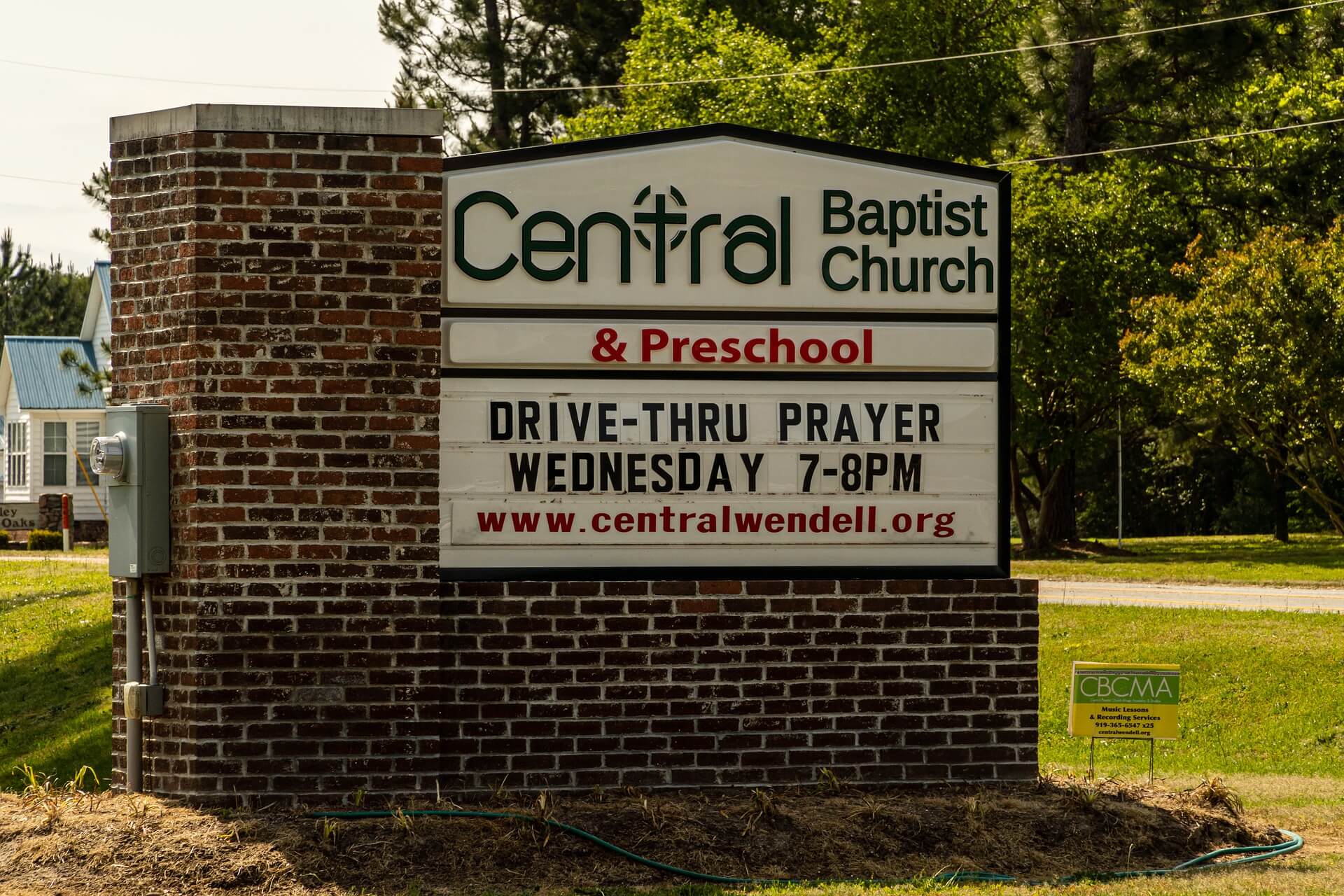
Even more recently, due the effects of the COVID-19 pandemic, drive-thru funerals have gained even more popularity due to the fact that they provide the much needed social distancing opportunities for a safe funeral. An example of that is the Glendale Funeral Home, in Glendale where attendees approach slowly in their vehicles, queuing to pay their final respects. In some cases, there have been reports of people broadcasting the funeral as well so other family members and loved ones can attend virtually.
There are multiple examples of death practices that go beyond honoring the memories of the dead, often incorporating elements from the person’s life into the funeral or certain memorial services.
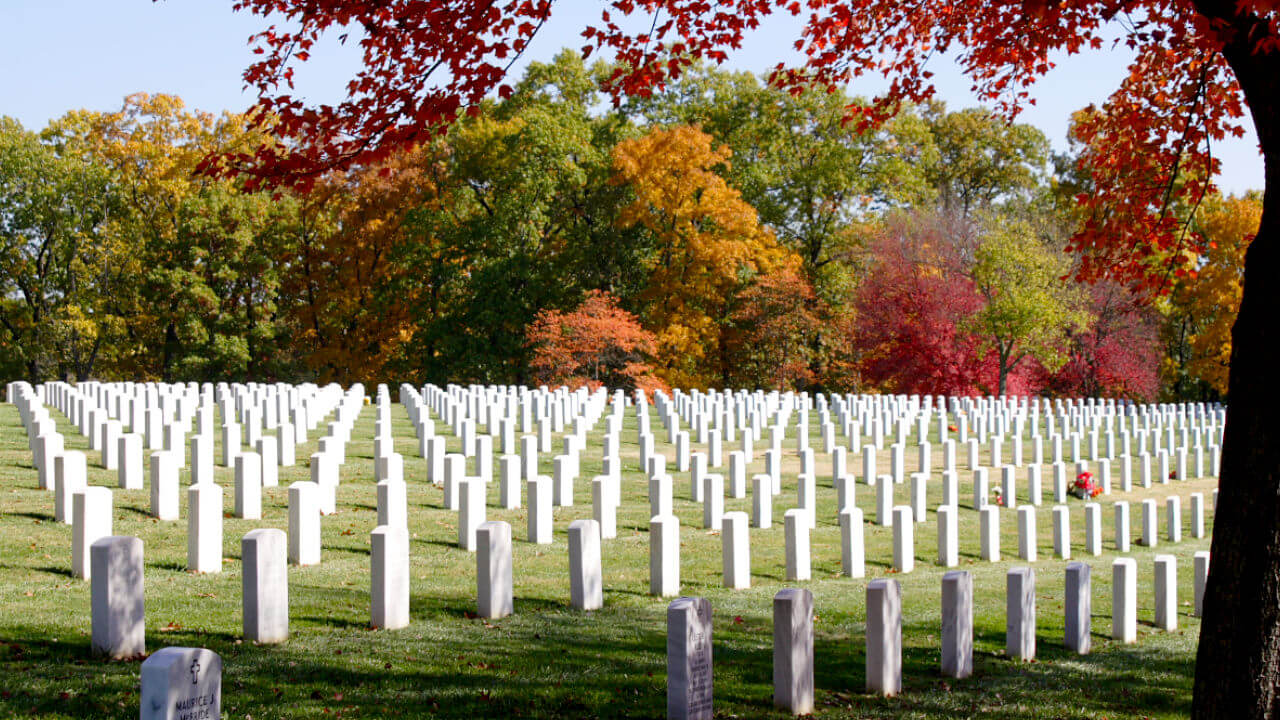
Bela Lugosi is an actor who became famous after his iconic reprisal of the role of Count Dracula in the 1931 classic horror movie. He also portrayed multiple other roles in various horror movies but he eventually grew to dislike being typecasted. However, after his death, his son and third wife buried him in his Dracula cape, despite Lugosi’s effort to find alternative roles.
You probably have heard of people that love cars. In 1994, a man from Irwin, Pennsylvania called George Swanson who really loved his car however, decided to literally take his car with him upon his death. His wife following Swanson’s requests buried the urn with the cremated remains of her husband on the driver’s seat of his white corvette. The grave (including the buried corvette) still exists to this day, located at Brush Creek Cemetery.
Everyone knows Tupac and his mysterious 1996 murder. During his controversial memorial service, members of his rap group The Young Outlawz, allegedly added the cremated remains of the famous rapper to their marijuana mix, and then smoked him. Their inspiration was Tupac’s song “Black Jesus” and it was meant as a sign of love for their friend.
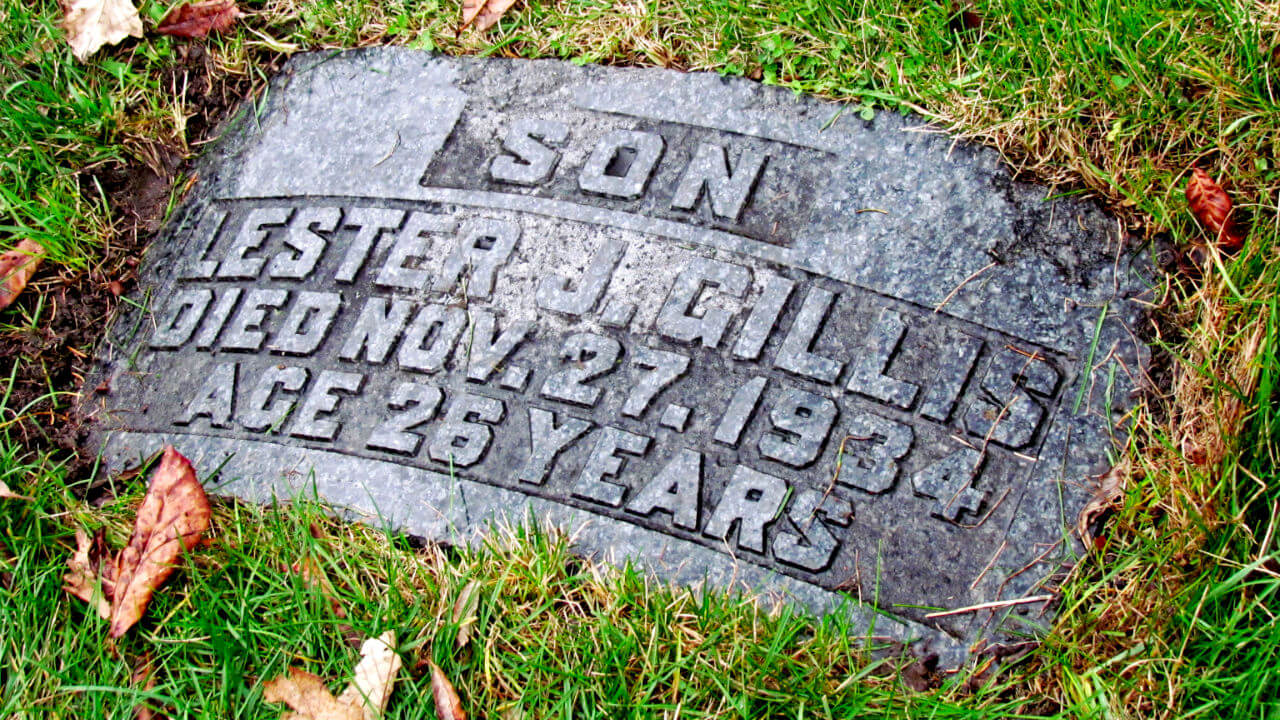
Less of a death custom and more of preserving practice, postmortem cryogenics. It is based on the notion that in the distant -or not so distant – future, scientists will be able to reverse death if someone’s busy has been preserved adequately. An example of that is a facility located just out of Phoenix, Arizona where hundreds of bodies are frozen. These underground facilities are close to the Sonoran Desert. James Bedford, a World War veteran is the oldest, de-animated, or cryogenically frozen human being on earth. He was frozen in 1967!
When Walt Disney died in 1966, he was cremated and his remains were buried in Glendale, California. However, that did not stop rumors spreading that he had undergone such a process in order to be able to be revived when the technology is advanced enough. These rumors – that were never confirmed – also support that his body being kept beneath the Pirates of the Caribbean ride at Disneyland in Anaheim, California.
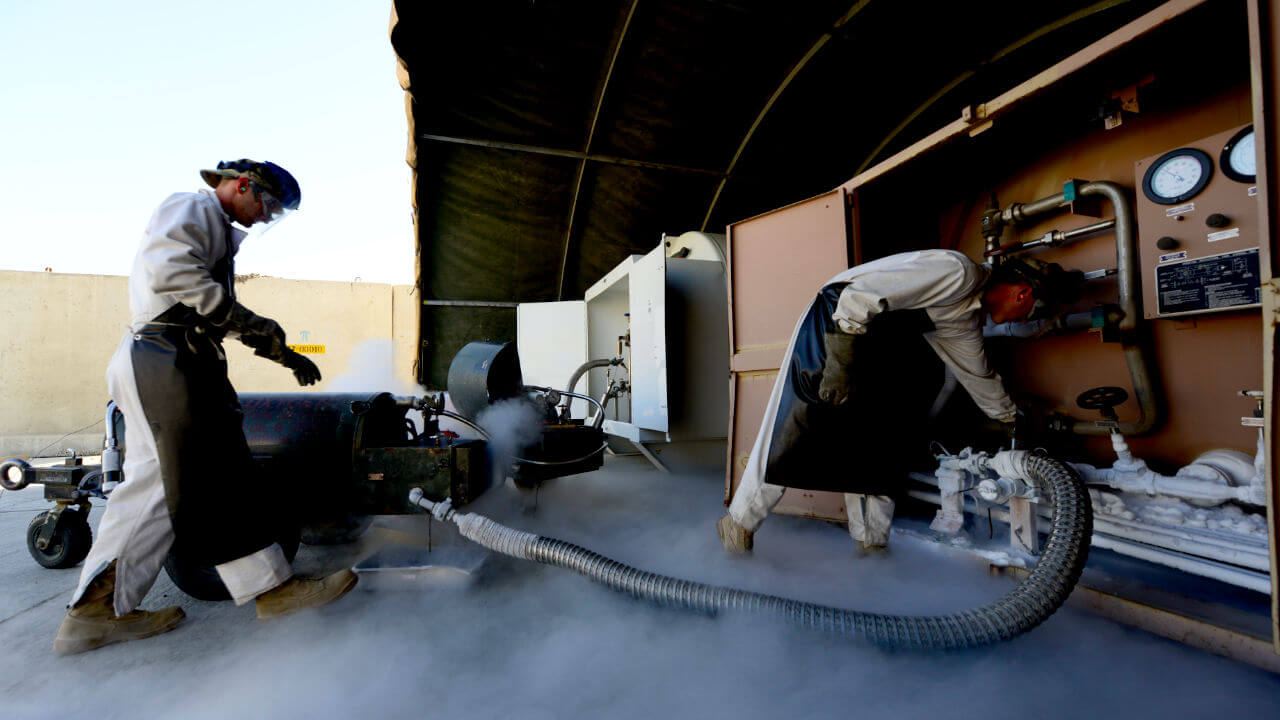
A Blue Zone is a region, or sometimes even just a city, where locals tend to have a higher longevity. In other words, the local life expectancy is much higher than the national average of the same country. Furthermore, some characteristics of such Zones include, close family and community ties, moderate but everyday physical activity and the frequent consumption of legumes.
One of these Blue Zones exists here in the US, and specifically Loma Linda, California. Many people of this town live past 100 years, therefore Loma Linda is categorized as a Blue Zone. Moreover, researchers have supported that the local’s longevity can be attributed to their vegetarian eating habits, as well as an almost complete absence of alcohol and tobacco in the town. These approaches are linked to the Seventh-Day Adventist presence in the city. Adventists are a Christian Protestant denomination preaching very specific dietary customs. Additionally, the city had prohibited smoking in public space due to its Adventist approach.
We hope you learned something new regarding this country’s death practices!
If you want know more about Native American and Early Settlers’death practices, we read more here. For other North American death customs we recommend our article on the Mexican Day of the Dead or the lesser-known Inuit death customs of Greenland.
The average mixed death rate in the US is 8,6 per 1.000 people (2018).
Funeral services in the US typically take place between 3 and 7 days after someone’s death.
Around 40% of Americans report that religion is important to them. Additionally, the US is the largest Christian country in the world and most of Americans are Protestants. Finally, there is a growing number of irreligion people, and multiple other religion groups.
The rate of utilized organs in the US is 33,32 per million population (2018). Interestingly, although 90% of Americans support organ donation, only 60% are registered donors.